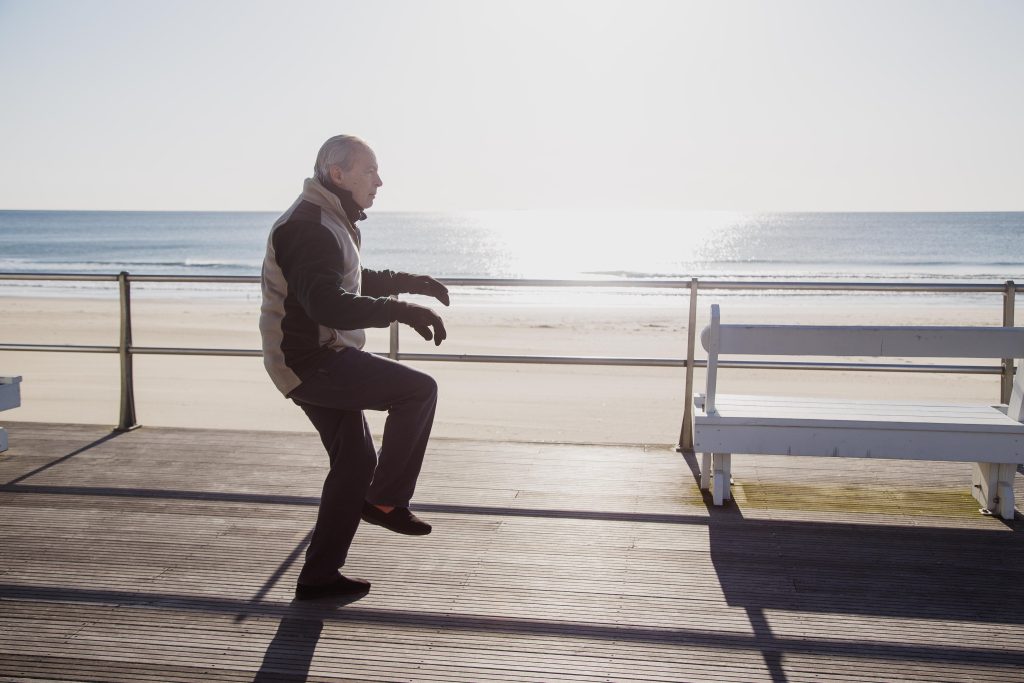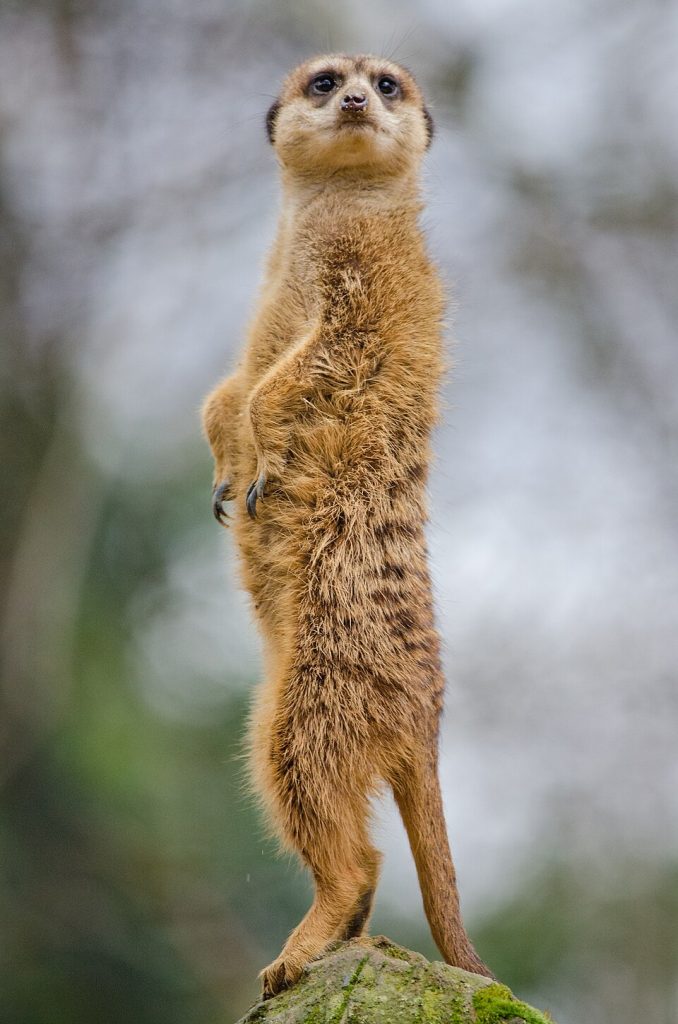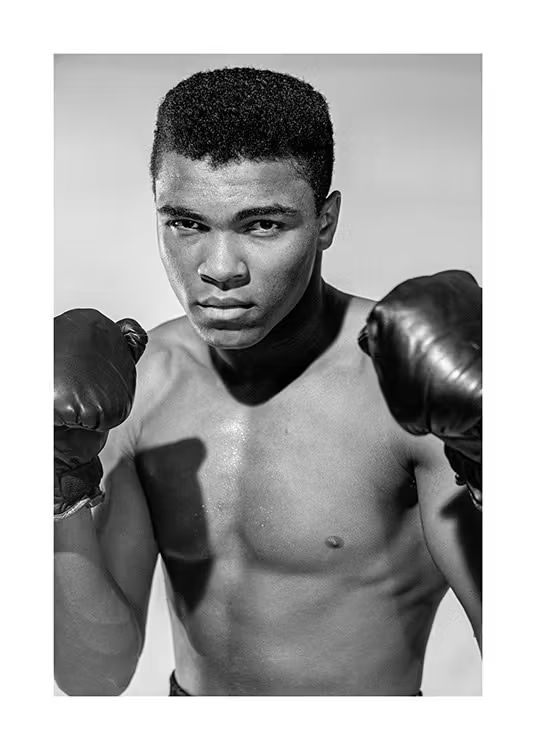Our new student Maria blessed us with some beautifully composed shots of our practice. But they brought me up short.

Can you say xū líng dǐng jìn (虚灵顶劲)?
Maybe “Empty Lively Crown Jin”?
Okay, most texts say something like “hold the head as if suspended from a silk thread”. And I need to work on that, as the photo shows. I am scrunching my upper body, as if I really was driving my knee into my opponent’s head, at the point just before I straighten with a fa jing blast.
My real problem is that I have drifted over the months into doing the whole form slightly scrunched, creating upper body stress and even cramping. It is time to blossom, literally, and unfold. Bringing us to the point of this post: how?
Suspended?!
My first problem is that the usual “as if suspended from above” makes no sense to me. Do not get me wrong: the metaphor rocks for creating the xū líng dǐng jìn feeling, except where is the jin (energy, power, force) if I am just hanging like a Christmas stocking from some unknown support outside me?
This is a fight, and my head is a piñata? Not likely. But everybody says so. Or do they? AI offers:
• “Empty and alert energy lifting upward”
• “Hollow yet spirited pressing upward”
• “Relaxed, sensitive upward force”
• “Void yet responsive top energy”
• “Uplifting energy with spiritual alertness”Ok, now we are talking. We project an upward energy from the crown of the skull, alert, uplifting, and spirited. But now we need a new metaphor.
I am reminded of animals.
Meerkats?!!
In the 17th century, according to legend, the Taoist monk Zhang Sanfeng created Tai Chi after witnessing a fight between a crane and a snake. For this posture, I am reminded of prairie animals standing as tall as possible, and holding their heads as high as possible, to see threats as far away as possible.

Goals.
Above is a meerkat on lookout. Alert, poised, and ready. But the tai chi chuan form simulates a stylized fight, where offense is the best defense.
I find I strike the best head posture imaging an opponent that I will strike before they can strike me.
“When he goes, I go.” — William CC Chen, on fighting.

Above we see the chin is down to protect it, but the crown is elevated, to be as tall as possible and strike down. Ali was taller than most opponents at six foot four.
But we have a problem. The head inclines down slightly, and the back is arched forward just a hair. Well, Ali was just posing for the camera, trying to look pretty, as always.
Balance
We have a problem. The head is heavy. Tilt the head in any direction we stress the neck.
“The head should not lean in any direction, neither forward nor backward, left nor right.” Professor Cheng, Chen Tzu’s Thirteen Treatises
How did Ali conquer the fearsome Sonny Liston in their first fight? Watch the fight. Ali (then Cassius Clay) moved back, left, and right faster than Liston could pursue, but could hit fast and hard, all from the same stance.
Fixing My Posture
Today I started working on my head and shoulders “scrunch”, and it went well.
I begin by imagining my opponent in front of me. This puts me on high alert, psychologically. That empties my mind, the better to see my opponent’s intention.
This also makes me draw in my chin, partly to protect it, partly to extend and relax my neck and shoulder muscles. I will need that relaxation to “go when they go”, as Master Chen says.
Scrunching? Too constricting to counterpunch from, and too tense for full awareness of the other. Instead, as I gently draw in the chin, at the same time I lightly extend the crown of my head, to create space in the neck and shoulders, relaxing the trapezius. These twin actions keep the heavy skull centered over my spine and feet, so I am free to dart in any direction, or strike at any angle.
“Float like a butterfly, sting like a bee.” — Drew Bundini Brown, Ali entourage denizen